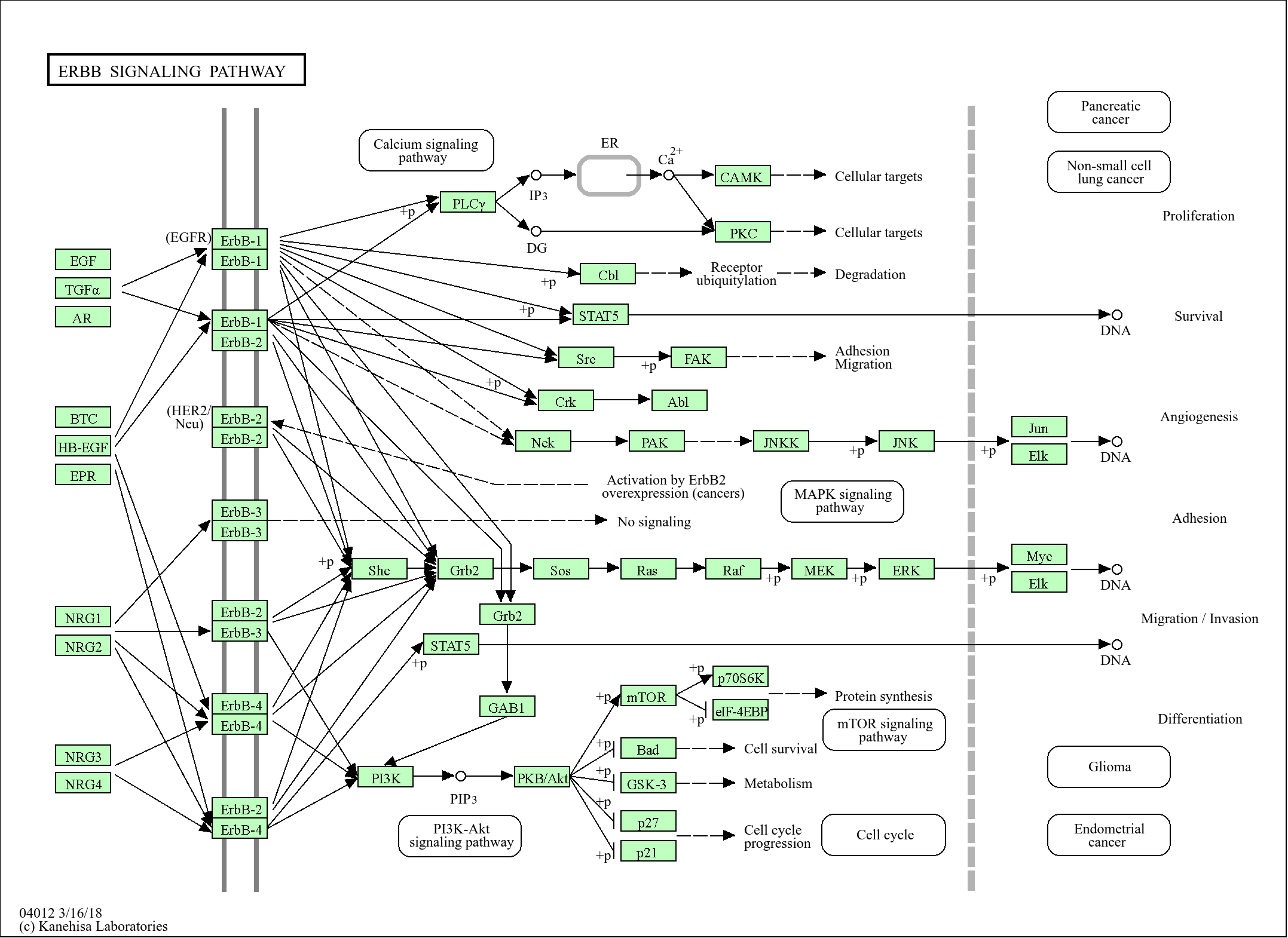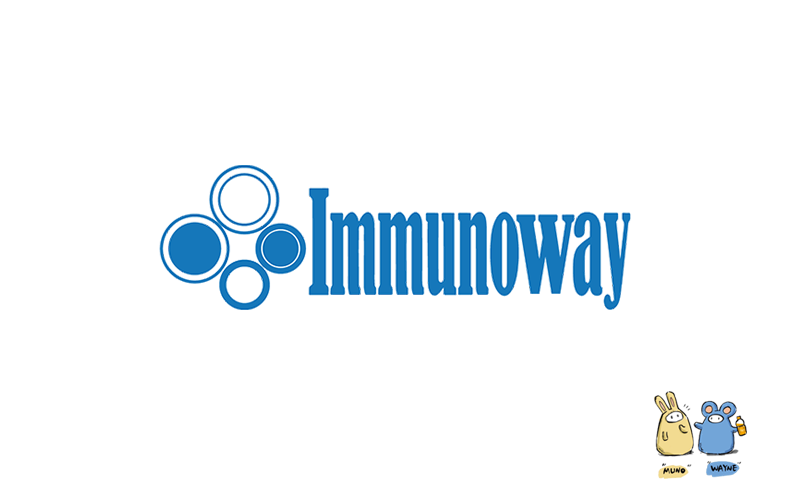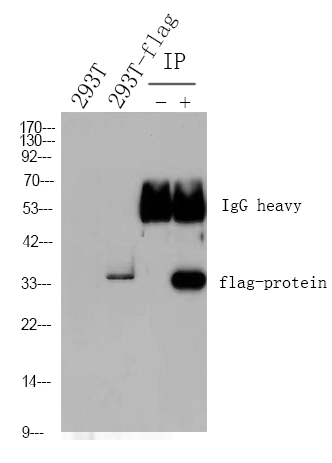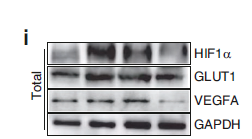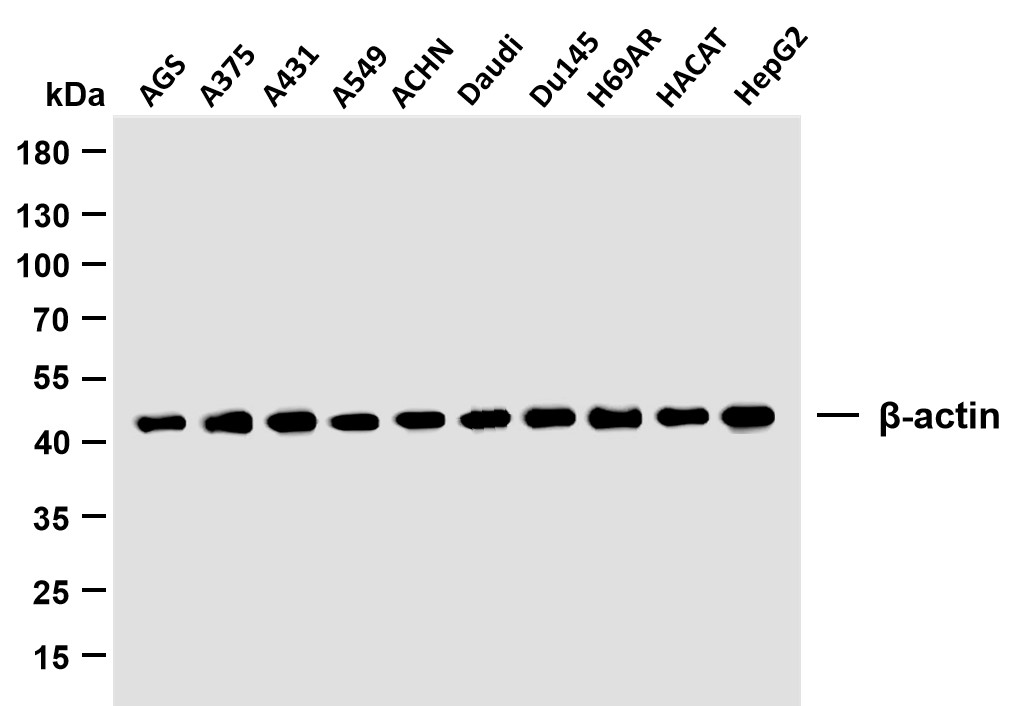
Catalog: YP1679
Size
Price
Status
Qty.
200μL
$600.00
In stock
0
100μL
$340.00
In stock
0
50μL
$190.00
In stock
0
Add to cart


Collected


Collect
Main Information
Target
VR1
Host Species
Rabbit
Reactivity
Human, Mouse, Rat
Applications
WB
MW
92kD (Calculated)
Conjugate/Modification
Phospho
Detailed Information
Recommended Dilution Ratio
WB 1:500-2000
Formulation
Liquid in PBS containing 50% glycerol, 0.5% BSA and 0.02% sodium azide.
Specificity
This antibody detects endogenous levels of VR1 (Phospho-Ser502) at Human, Mouse,Rat.The name of modified sites may be influenced by many factors, such as species (the modified site was not originally found in human samples) and the change of protein sequence (the previous protein sequence is incomplete, and the protein sequence may be prolonged with the development of protein sequencing technology). When naming, we will use the "numbers" in historical reference to keep the sites consistent with the reports. The antibody binds to the following modification sequence (lowercase letters are modification sites):RPsMK
Purification
The antibody was affinity-purified from rabbit serum by affinity-chromatography using specific immunogen.
Storage
-15°C to -25°C/1 year(Do not lower than -25°C)
Concentration
1 mg/ml
MW(Calculated)
92kD
Modification
Phospho
Clonality
Polyclonal
Isotype
IgG
Related Products
Antigen&Target Information
Immunogen:
Synthesized peptide derived from human VR1 (Phospho-Ser502)
show all
Specificity:
This antibody detects endogenous levels of VR1 (Phospho-Ser502) at Human, Mouse,Rat.The name of modified sites may be influenced by many factors, such as species (the modified site was not originally found in human samples) and the change of protein sequence (the previous protein sequence is incomplete, and the protein sequence may be prolonged with the development of protein sequencing technology). When naming, we will use the "numbers" in historical reference to keep the sites consistent with the reports. The antibody binds to the following modification sequence (lowercase letters are modification sites):RPsMK
show all
Gene Name:
TRPV1 VR1
show all
Protein Name:
VR1 (Phospho-Ser502)
show all
Other Name:
Transient receptor potential cation channel subfamily V member 1 ;
TrpV1 ;
Capsaicin receptor ;
Osm-9-like TRP channel 1 ;
OTRPC1 ;
Vanilloid receptor 1 ;
TrpV1 ;
Capsaicin receptor ;
Osm-9-like TRP channel 1 ;
OTRPC1 ;
Vanilloid receptor 1 ;
show all
Database Link:
Background:
transient receptor potential cation channel subfamily V member 1(TRPV1) Homo sapiens Capsaicin, the main pungent ingredient in hot chili peppers, elicits a sensation of burning pain by selectively activating sensory neurons that convey information about noxious stimuli to the central nervous system. The protein encoded by this gene is a receptor for capsaicin and is a non-selective cation channel that is structurally related to members of the TRP family of ion channels. This receptor is also activated by increases in temperature in the noxious range, suggesting that it functions as a transducer of painful thermal stimuli in vivo. Four transcript variants encoding the same protein, but with different 5' UTR sequence, have been described for this gene. [provided by RefSeq, Jul 2008],
show all
Function:
Domain:The association domain (AD) is necessary for self-association.,enzyme regulation:Channel activity is activated via the interaction with PIRT and phosphatidylinositol-4,5-bisphosphate (PIP2). Both PIRT and PIP2 are required to activate channel activity.,Function:Receptor-activated non-selective calcium permeant cation channel involved in detection of noxious chemical and thermal stimuli. Seems to mediate proton influx and may be involved in intracellular acidosis in nociceptive neurons. May be involved in mediation of inflammatory pain and hyperalgesia. Sensitized by a phosphatidylinositol second messenger system activated by receptor tyrosine kinases, which involves PKC isozymes and PCL.,miscellaneous:Responses evoked by low pH and heat, and capsaicin can be antagonized by capsazepine.,PTM:Phosphorylation by PKA reverses capsaicin-induced dephosphorylation at multiple sites, probably including Ser-117 as a major phosphorylation site. Phoshphorylation by CAMKII seems to regulate binding to vanilloids. Phosphorylated and modulated by PKCM and probably PKCZ. Dephosphorylation by calcineurin seems to lead to receptor desensitization and phosphorylation by CAMKII recovers activity.,similarity:Belongs to the transient receptor family. TrpV subfamily.,similarity:Contains 6 ANK repeats.,subunit:Self-associates. Probably homotetramer. May also form a heteromeric channel with TRPV3. Interacts with calmodulin, PIRT, PRKCM and CSK. Interacts with PRKCG and NTRK1, probably by forming a trimeric complex.,tissue specificity:Widely expressed at low levels. Expression is elevated in dorsal root ganglia. In skin, expressed in cutaneous sensory nerve fibers, mast cells, epidermal keratinocytes, dermal blood vessels, the inner root sheet and the infundibulum of hair follicles, differentiated sebocytes, sweat gland ducts, and the secretory portion of eccrine sweat glands (at protein level).,
show all
Cellular Localization:
Cell junction, synapse, postsynaptic cell membrane ; Multi-pass membrane protein . Cell projection, dendritic spine membrane ; Multi-pass membrane protein . Cell membrane ; Multi-pass membrane protein . Mostly, but not exclusively expressed in postsynaptic dendritic spines. .
show all
Research Areas:
>>Neuroactive ligand-receptor interaction ;
>>Inflammatory mediator regulation of TRP channels
>>Inflammatory mediator regulation of TRP channels
show all
Signaling Pathway
Reference Citation({{totalcount}})
Catalog: YP1679
Size
Price
Status
Qty.
200μL
$600.00
In stock
0
100μL
$340.00
In stock
0
50μL
$190.00
In stock
0
Add to cart


Collected


Collect
Recently Viewed Products
Clear allPRODUCTS
CUSTOMIZED
ABOUT US
Toggle night Mode
{{pinfoXq.title || ''}}
Catalog: {{pinfoXq.catalog || ''}}
Filter:
All
{{item.name}}
{{pinfo.title}}
-{{pinfo.catalog}}
Main Information
Target
{{pinfo.target}}
Reactivity
{{pinfo.react}}
Applications
{{pinfo.applicat}}
Conjugate/Modification
{{pinfo.coupling}}/{{pinfo.modific}}
MW (kDa)
{{pinfo.mwcalc}}
Host Species
{{pinfo.hostspec}}
Isotype
{{pinfo.isotype}}
Product {{index}}/{{pcount}}
Prev
Next
{{pvTitle}}
Scroll wheel zooms the picture
{{pvDescr}}

